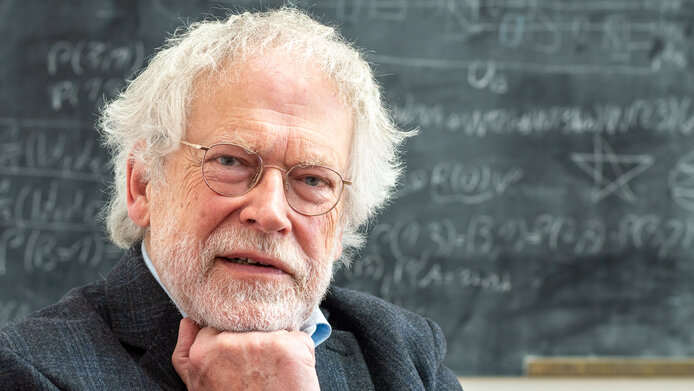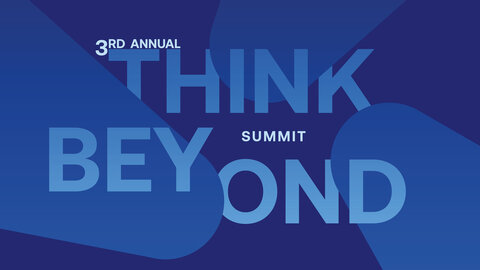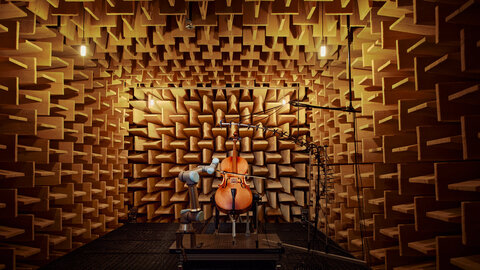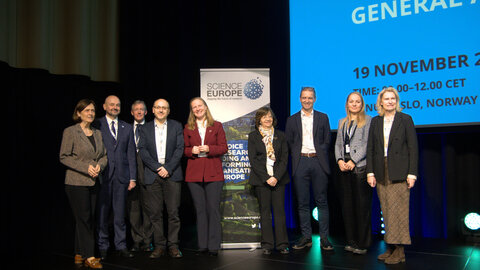FWF Congratulates Anton Zeilinger on his 80th Birthday

Anton Zeilinger is considered a pioneer in the transmission of quantum information between photons. He has made numerous breakthroughs in this field in recent years. His experiments with quantum entanglement have received worldwide attention, and not just among experts. He is known to many as “Mr. Beam.”
“Anton Zeilinger is probably Austria's best-known living researcher – and an outstanding ambassador for our research location with a reach far beyond the country’s borders. His groundbreaking scientific achievements have earned him the highest international recognition. At the same time, he has a unique knack for getting people excited about science and research. On behalf of the FWF, I would like to wish Anton Zeilinger a happy 80th birthday, congratulate him on his impressive life’s work, and draw attention to his continuous appeals for curiosity-driven basic research,” said FWF President Christof Gattringer.
Uncompromisingly following your own ideas
Zeilinger was awarded the Nobel Prize in Stockholm in 2022 for his groundbreaking work. The committee emphasized that the Nobel laureates John Clauser, Alain Aspect, and Anton Zeilinger had paved the way for new technologies based on quantum information. Zeilinger himself repeatedly points out that he never worked towards applicability. According to him, scientists should only be guided by curiosity and follow their ideas without compromise. “My career has only been possible because the taxpayers in Austria and Europe gave me the chance to focus on the aspects of physics that interested me from a very early age, without any consideration of whether it might ever be put to use,” said Anton Zeilinger in an interview.
Curious from a young age – an exemplary career
Born in 1945 in Ried im Innkreis, Zeilinger studied physics and mathematics at the University of Vienna. His doctoral thesis, supervised by the future FWF President Helmut Rauch at the University of Vienna, was formative for his scientific career. Rauch showed that it’s not only light particles that have wave properties, but also massive particles such as neutrons. After a research stay at the Massachusetts Institute of Technology (MIT) with Clifford Shull, who later went on to win the Nobel Prize in 1994, he earned his venia docendi at the Vienna University of Technology (TU Wien) in 1979. After assistant professorships at the Vienna Atomic Institute, MIT, and TU Wien and a professorship at the Technical University of Munich, he was appointed as a professor for experimental physics at the University of Innsbruck in 1990, where he laid the foundations for quantum physics in Austria, which is now considered a world leader in this field. In 1999, he switched to the University of Vienna, where he headed the Department of Experimental Physics and worked as a professor until his retirement in 2013. Together with colleagues, he founded the Institute for Quantum Optics and Quantum Information (IQOQI) at the Austrian Academy of Sciences (OeAW) in 2003, where he still conducts research today. Zeilinger was also President of the Austrian Academy of Sciences from 2013 to 2022.
In addition to the 2022 Nobel Prize, he holds multiple honorary doctorates and professorships and has been the recipient of numerous prestigious awards, including the Wolf Prize in Physics in 2010, the John Stewart Bell Prize in 2017, the Micius Quantum Prize in 2019, and the Grand Decoration of Honour in Gold for services to the Republic of Austria and the City of Vienna. He is also a Fellow of the American Association for the Advancement of Science (AAAS) and a member of numerous science academies worldwide.
Pioneer of quantum research
Zeilinger is considered a pioneer in the transmission of quantum information between photons, which is “fundamentally important for information transport in quantum computers,” according to the Nobel Prize winner. His work has had a significant impact on international basic research into quantum entanglement. As early as 1989, he worked with US physicists Daniel Greenberger and Michael Horne on the so-called GHZ experiment – a milestone in understanding what Erwin Schrödinger called the “essence of quantum physics.”
He achieved a further major breakthrough in 1997. In what is probably his most famous experiment, he succeeded in teleporting light particles for the first time. Zeilinger and his team took these experiments on teleportation to the limits of feasibility: First from Vienna’s Danube Island to the Prater park, then between La Palma and Tenerife, and finally into space in 2017 – with the world's first quantum-encrypted video call between Vienna and Beijing.
The sensational experiments provide a clear view of applications that are changing our world. They hint at a future characterized by quantum-based networks, computers, and communication structures. At the same time, they make findings on the astonishing phenomenon of quantum entanglement tangible, findings which have emerged from a multitude of revolutionary scientific ideas and groundbreaking experiments over decades. A development that Zeilinger, driven by his boundless curiosity, has significantly shaped.
Austrian Science Fund (FWF) helped pave the way for an exceptional career
FWF funding gave Anton Zeilinger the opportunity to break new ground in quantum physics right from the start. The first FWF funding for Anton Zeilinger's research dates back to a project on neutron interferometry by Zeilinger’s doctoral supervisor Helmut Rauch in the early 1970s. The project was funded with the at the time considerable sum of 2,852,000 schillings and resulted in a series of joint publications by Rauch and Zeilinger. The Nobel laureate submitted his first stand-alone project to the FWF in 1980; the first in a long-term funding relationship. All nine of Zeilinger's original publications mentioned by the Nobel Prize Committee were funded by the Austrian Science Fund (FWF).





